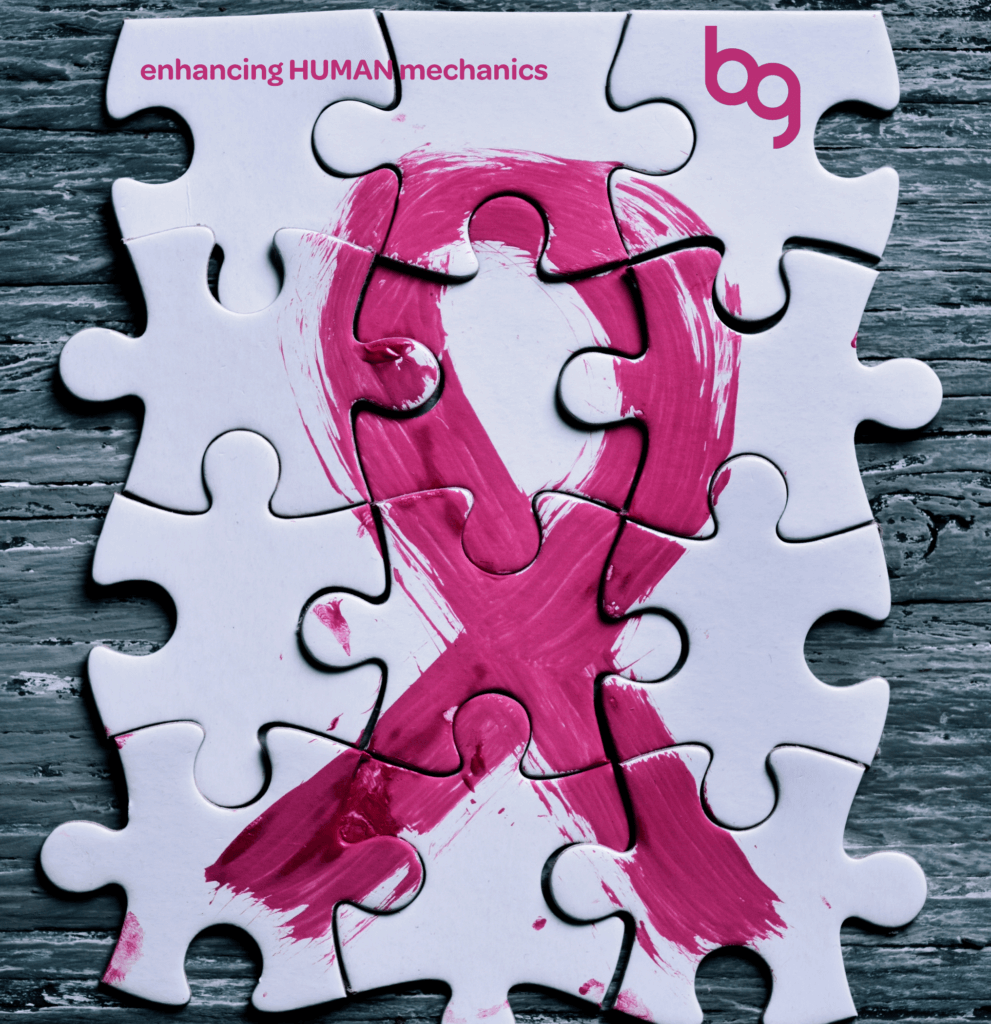The lymphatic system is an amazing network of vessels within your body that helps filter blood while fighting off disease and infection. After a breast cancer diagnosis, treatment will often involve radiation to areas containing lymph nodes or even surgical removal of lymph nodes to prevent the spread of cancer to other areas of the body. While this treatment is vital to treat the cancer itself, it can also lead to lymphedema or swelling in the body as a result of lymph node disruption. It is incredibly important that women and men undergoing treatment for breast cancer understand how to decrease their risk for developing lymphedema to maintain their health and well-being as they transition back into daily life. Here are 4 points to focus on after your treatment.
- Protect your skin and avoid infection
- Given the lymphatic system’s role in fighting off disease and infection, if lymph nodes are removed or damaged during breast cancer treatment, your immune system is not as proficient in removing toxins from your body in the affected areas. Always clean any cuts or scrapes on your affected side and apply antibiotic creams as necessary. Keep your skin moisturized to avoid any peeling or cracking and always utilize sunscreen when spending time outdoors. Practicing good hand hygiene is also important, always washing your hands with soap and water while keeping your nails clean. If you ever suspect infection, always contact a medical professional immediately to receive appropriate treatment as soon as possible.
- Maintain a healthy diet and a healthy weight
- Obesity can greatly increase your risks of developing lymphedema. Maintaining a healthy body mass index (BMI between 18.5 to 24.9) can help you reduce your chances of lymphedema, and can also decrease your chances of the cancer returning after remission. A healthy and balanced diet is important in addition to incorporating exercise into your daily routine. Starting an aerobic exercise program with a weight training component when appropriate can set you up well for maintaining a healthy weight and lifestyle while decreasing your lymphedema risk in the process.
- Return to daily activities slowly
- It may be tempting to jump back into your normal fitness activities after breast cancer treatment. In the long term, exercise can have significant benefits without exacerbating your lymphedema as we talked about in this post. But just like you wouldn’t try to run a marathon right after having knee surgery, you also don’t want to jump into activity too soon or too quickly after being treated for breast cancer. Allow time for recovery and gradually re-introduce activity with the help and guidance of a physical therapist or other healthcare professional. They can help you with the progression of fitness or other daily activities while making sure you’re monitoring yourself for any swelling or other changes throughout your body.
- Seek out treatment if you notice any signs/symptoms of lymphedema
- Even if you do everything within your power to prevent lymphedema, there is always the chance that swelling can occur. It is always best to see a qualified healthcare provider such as a physical therapist or lymphedema specialist if you note any limb heaviness, numbness, or swelling in the arm or chest. They can help you determine if lymphedema is present, and can get you on the path for receiving the treatment that is best for you.
Getting back to feeling your best after any cancer treatment can take time and a toll on the body. If you have any questions or want some tips for getting back to daily activities, come in for a Complimentary Functional Performance Screen and let us give you a hand along the way.
Authored By: Dr. Marysa Meyer PT, DPT
If you liked this article please give us feedback and join the conversation. We would love to hear your suggestions on other science, anatomy, or movement topics you’d like to learn more about! Find us on Facebook, Instagram, SoundCloud, and Twitter @BodyGearsPT.






